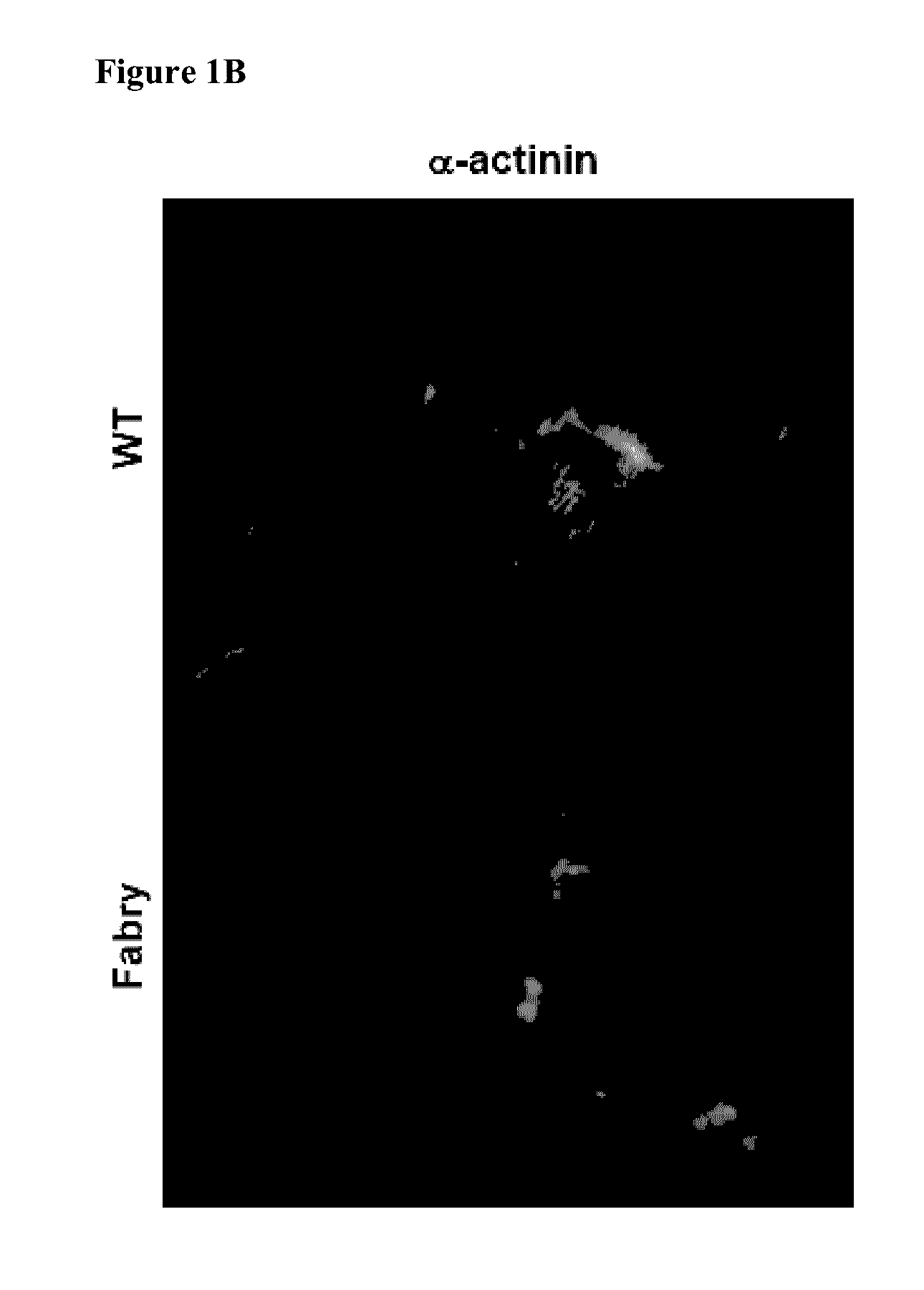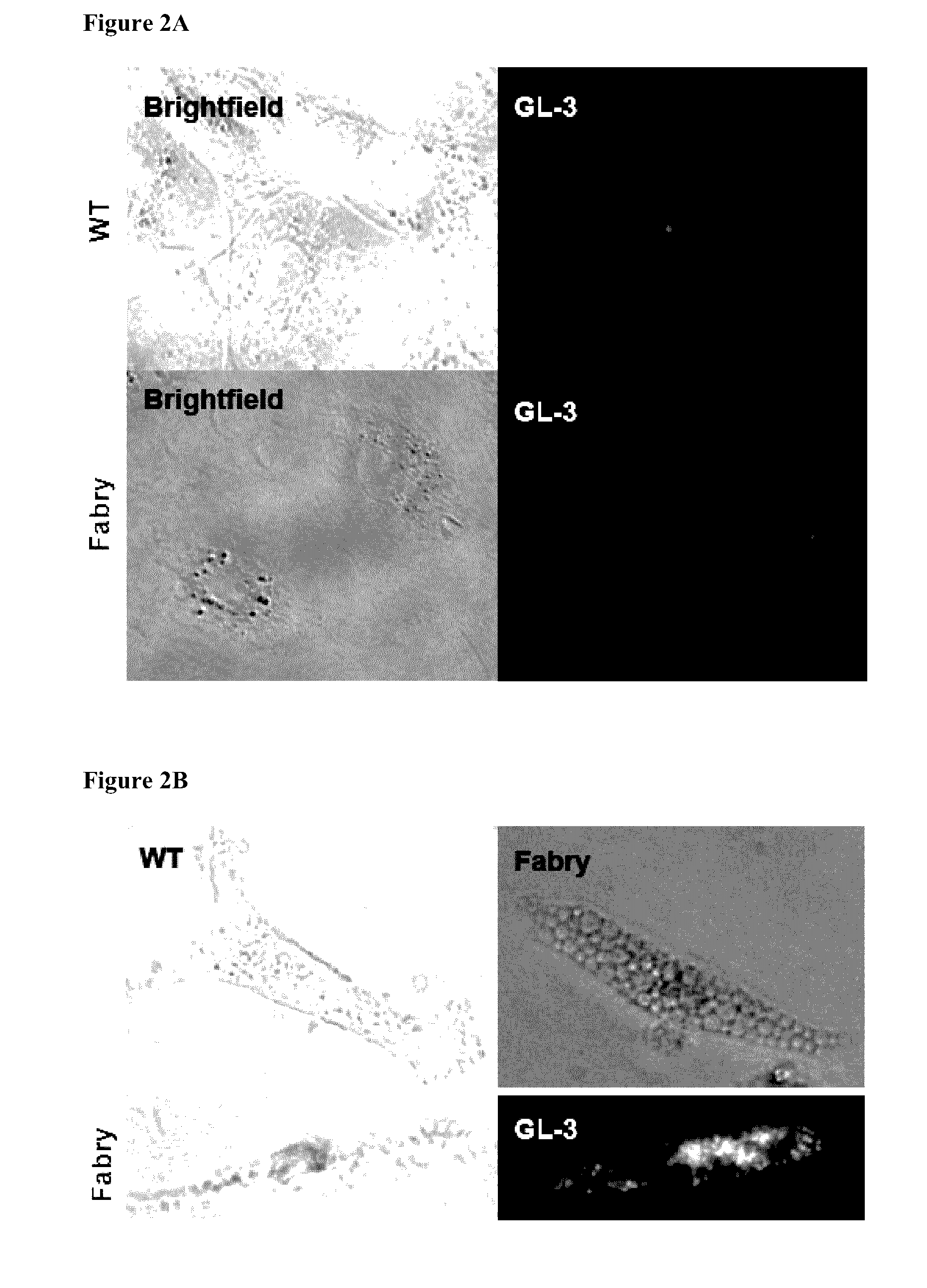Glucosylceramide synthase inhibitors
a technology of glucosylceramide and inhibitors, which is applied in the field of metabolic diseases, can solve the problems of affecting the survival of patients with fd at risk of developing renal failure, cardiovascular dysfunction, stroke, and tissue damage, and achieves the effects of reducing the intensity of symptoms, slowing the progression of disease, and preventing the onset of symptoms
- Summary
- Abstract
- Description
- Claims
- Application Information
AI Technical Summary
Benefits of technology
Problems solved by technology
Method used
Image
Examples
preparation b
Intermediate 2
2-(5-bromo-2-fluorophenyl)propan-2-amine hydrochloride
[0684]To a solution of 5-bromo-2-fluorobenzoic acid (4.85 g, 22.8 mmol) in methanol (45 mL) was added H2SO4 (4.5 mL). The reaction mixture was stirred at room temperature for 18 h and the solution was concentrated. The residue was treated with an aqueous NaOH [10% w / v] solution and the organic material was extracted with CHCl3. The organic layer was dried over Na2SO4, filtered and concentrated to afford the corresponding ester (4.69 g, 91%) which was used without further purification.
[0685]The ester intermediate (4.69 g, 20.1 mmol) was converted to intermediate 2 using the same procedure reported in example intermediate 1 to afford the corresponding ammonium salt (3.94 g, 67% overall yield) as a white solid. 1H NMR (400 MHz, CD3OD) δ 7.67-7.57 (m, 2H), 7.21 (dd, J=8.7, 12.3 Hz, 1H), 1.77 (s, 6H) ppm.
Intermediate 3
2-β-bromo-4-fluorophenyl)propan-2-amine hydrochloride
[0686]5-Bromo-2-fluorobenzoic acid was transformed ...
preparation d
Intermediate 7
2-Methylquinuclidin-3-ol
[0690]A solution of potassium carbonate (11.4 g, 82.8 mmol) and quinuclidine hydrate (5.00 g, 20.4 mmol) was dissolved in H2O (15.6 mL). When completely dissolved, dichloromethane (20.4 mL) was added and the reaction was stirred at room temperature overnight. The organic phase was separated and the aqueous phase extracted with chloroform (3×50 mL). The combined organic layers were dried over MgSO4, filtered and concentrated in vacuo. The product was used without further purification. 1H NMR (400 MHz, CDCl3) 2.79 (s, 1H), 5.19 (s, 1H), 3.14-3.06 (m, 2H), 2.99-2.91 (m, 2H), 2.57-2.55 (m, 1H), 1.98-1.93 (m, 4H) ppm.
[0691]The 2-methylenequinuclidin-3-one (3.50 g) in ethanol (30 mL) was reduced over 10% Pd / C (50 wt %) under a H2 atmosphere. When judged complete by TLC (˜3 days), the catalyst was filtered off and the filter cake washed with ethyl acetate. The solvent was removed in vacuo to afford the desired product (2.80 g, 80%) was obtained and use...
example 1
Generation of FD iPSC
[0755]To generate induced pluripotent stem cell (iPSC) lines from Fabry disease (FD) patients, skin fibroblasts from two Caucasian symptomatic boys affected by FD were used. Both patients had no detectable α-galactosidase A (α-Gal A) activity. One donor, 10 year old, was hemizygous for a single nucleotide change in GLA exon 3 gene (G485A). The second donor, 17 year old, was hemizygous for a single nucleotide change in GLA exon 5 gene (C658T). Each of the mutations introduces a stop codon (W162X and R220X) and are known to be associated with the classical severe presentation of FD. See Altarescu G M. et al., Clin. Genet. 60:46-51 (2001); Germain D P. et al., Mol. Med. 8:306-12 (2002); Meaney C. et al., Hum. Mol. Genet. 3:1019-20 (1994); and Maki N. et al., Clin. Nephrol. 61:185-90 (2004).
[0756]A single polycistronic cassette encoding the four reprogramming factors, Oct4, Sox2, Klf4 and c-Myc, in a lentivirus, was used to generate more than 40 iPSC clones from bot...
PUM
| Property | Measurement | Unit |
|---|---|---|
| Level | aaaaa | aaaaa |
Abstract
Description
Claims
Application Information
 Login to View More
Login to View More - R&D
- Intellectual Property
- Life Sciences
- Materials
- Tech Scout
- Unparalleled Data Quality
- Higher Quality Content
- 60% Fewer Hallucinations
Browse by: Latest US Patents, China's latest patents, Technical Efficacy Thesaurus, Application Domain, Technology Topic, Popular Technical Reports.
© 2025 PatSnap. All rights reserved.Legal|Privacy policy|Modern Slavery Act Transparency Statement|Sitemap|About US| Contact US: help@patsnap.com



